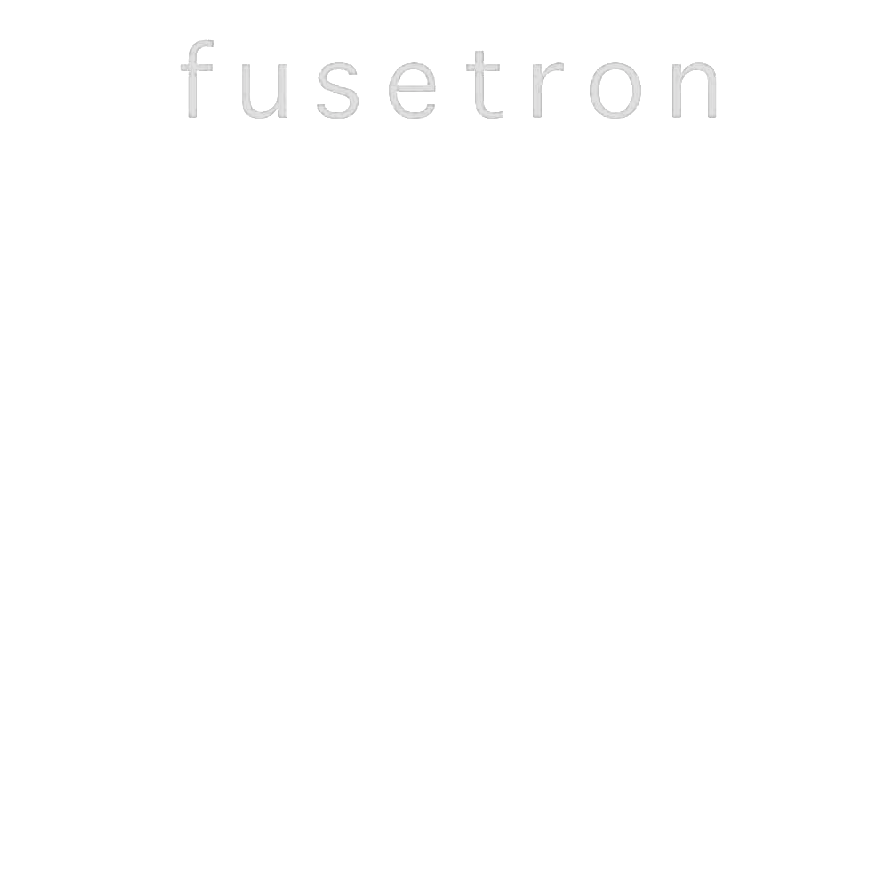1
/
of
1
STRAFE F.R. - The Bird Was Stolen
Regular price
$15.00 USD
Regular price
Sale price
$15.00 USD
Unit price
/
per
Couldn't load pickup availability
Based in Düsseldorf, Germany, Strafe Für Rebellion, or Strafe F.R., is a long-term collaboration between the artists Bernd Kastner and Siegfried M. Syniuga, which started in 1979. After a long period of hibernation, The Bird Was Stolen marks their return to Touch following four previous releases in the 80s and early 90s. From their early connection with the local scene, centered around the Ratinger Hof in Düsseldorf, Strafe went on to develop a unique and influential form of sound sculpture that pioneered the use of field recordings alongside home-made instruments and the use of the studio as a performance space. A new track, Virgin", which appeared on the recent Touch Movements CD/book (FOLIO 002CD, 2017), gave an early indication that they are back at the peak of their powers. The Bird Was Stolen presents 14 new compositions that push the signature sound of Strafe F.R. All songs recorded by Strafe F.R. in 2017 at STRAFE Studio, Düsseldorf, Germany. Features vocals by Caterina De Re and Strafe F.R. Artwork and photography by Jon Wozencroft. Mastered by Denis Blackham. - Touch.
Strafe F.R. explain the recording:
"1. We have a piano that is somehow completely bare-boned as if a butcher had been at work. The piano is lying on its back -- we can climb into its corpse. The piano strings are easy to access and we prepare them with anything that influences a possible recording. Loudspeakers are installed. Inside the piano we play bass and guitar to use the resonance of the strings of the piano. Pianosmoke was recorded in this way.
2. Sound sources are often accidents. We were recording with our old Uher Portable Tape Recorder -- all of a sudden the machine developed a strange malfunction: the Uher had problems with its engine. Himmelgeist was born. The recorder began to scratch like a vinyl record, but it was the recorder doing everything itself; we could also manipulate the speed with our hands. This was magnificent. Strange rhythms just happened, the tape recorder did it... We are thankful that we managed to record all of this.
3. We often amplify sounds quite loudly, that actually have a very low natural dynamic. This is interesting when recording guitar, piano and the human voice... To reduce the normal recording level by an extreme and amplify the soft, low sounds."
View full details
Strafe F.R. explain the recording:
"1. We have a piano that is somehow completely bare-boned as if a butcher had been at work. The piano is lying on its back -- we can climb into its corpse. The piano strings are easy to access and we prepare them with anything that influences a possible recording. Loudspeakers are installed. Inside the piano we play bass and guitar to use the resonance of the strings of the piano. Pianosmoke was recorded in this way.
2. Sound sources are often accidents. We were recording with our old Uher Portable Tape Recorder -- all of a sudden the machine developed a strange malfunction: the Uher had problems with its engine. Himmelgeist was born. The recorder began to scratch like a vinyl record, but it was the recorder doing everything itself; we could also manipulate the speed with our hands. This was magnificent. Strange rhythms just happened, the tape recorder did it... We are thankful that we managed to record all of this.
3. We often amplify sounds quite loudly, that actually have a very low natural dynamic. This is interesting when recording guitar, piano and the human voice... To reduce the normal recording level by an extreme and amplify the soft, low sounds."


